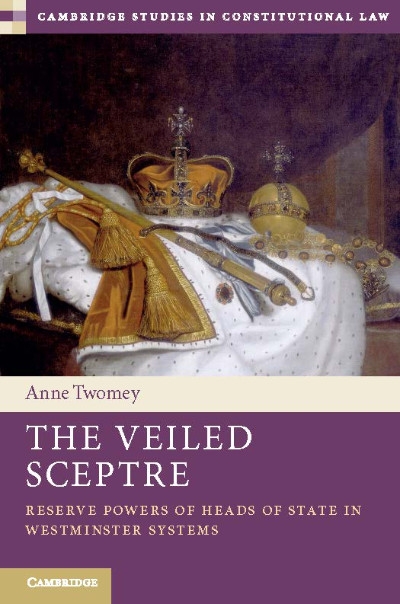The Veiled Sceptre: Reserve powers of heads of state in Westminster systems
Cambridge University Press, $249.95 hb, 910 pp, 9781107056787
The Veiled Sceptre: Reserve powers of heads of state in Westminster systems by Anne Twomey
The first season of Netflix’s drama The Crown sees the young Princess Elizabeth’s constitutional education taken in hand by Eton history master Henry Marten, whose schooling of the future monarch was largely historical rather than legal, a necessity given Britain’s unwritten constitution.
In 1975, as reported in Paul Kelly and Troy Bramston’s The Dismissal (2015), Sir John Kerr undertook his own constitutional education upon becoming Australia’s governor-general, convening an academic seminar at Australian National University. Kerr soon steered the seminar – established ostensibly to consolidate various instructions given to governors-general over the years – towards his interest in the reserve powers: those powers of the monarch, or their representatives in Westminster systems, which may be exercised without, or against, the advice of the government of the day. These include the power to appoint and dismiss governments, and the power to refuse a dissolution of parliament. To Australians, the reserve powers are best known from Sir Philip Game’s dismissal of Jack Lang’s government in New South Wales in 1932, and Kerr’s dismissal of the Whitlam government in 1975.
Continue reading for only $10 per month. Subscribe and gain full access to Australian Book Review. Already a subscriber? Sign in. If you need assistance, feel free to contact us.






